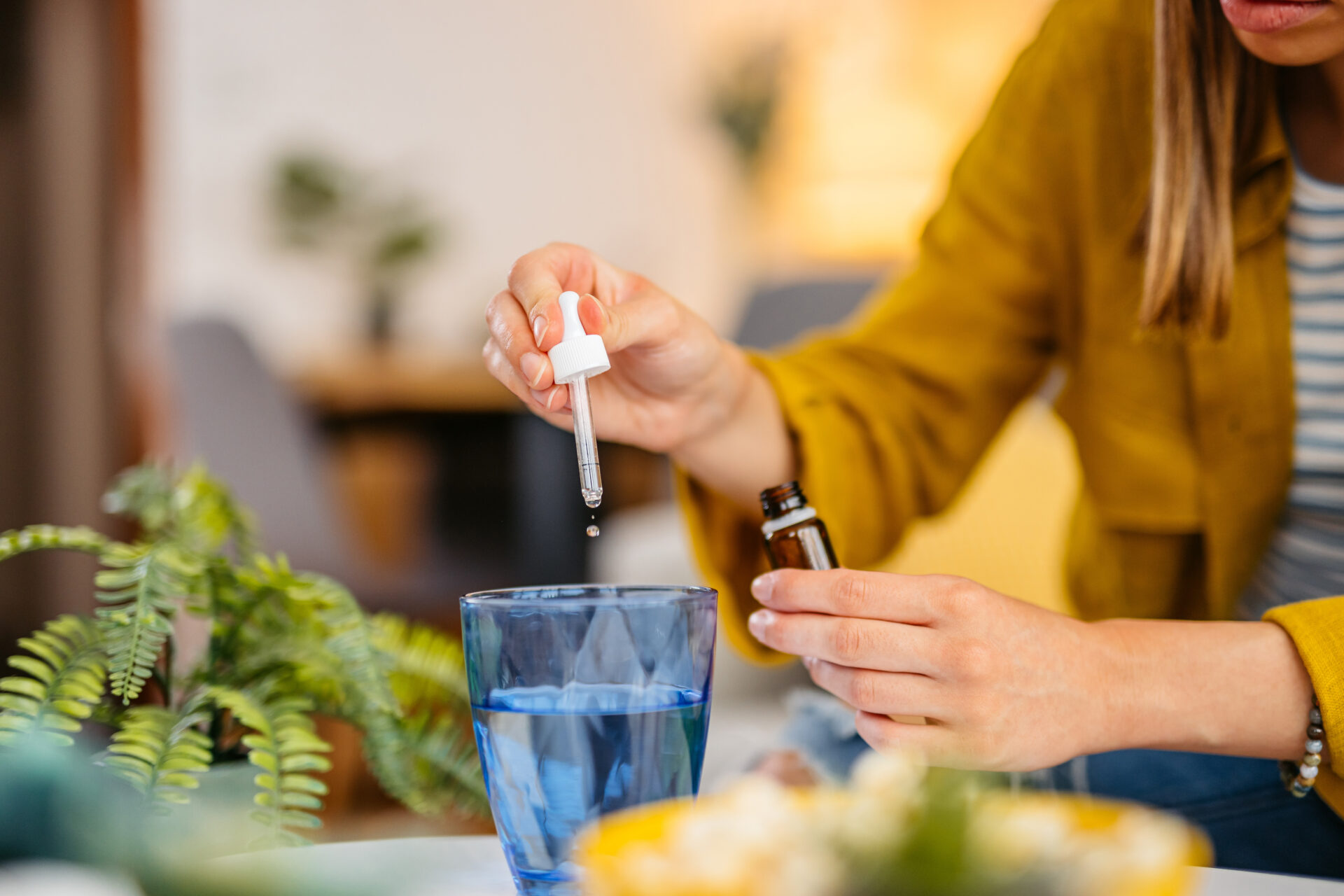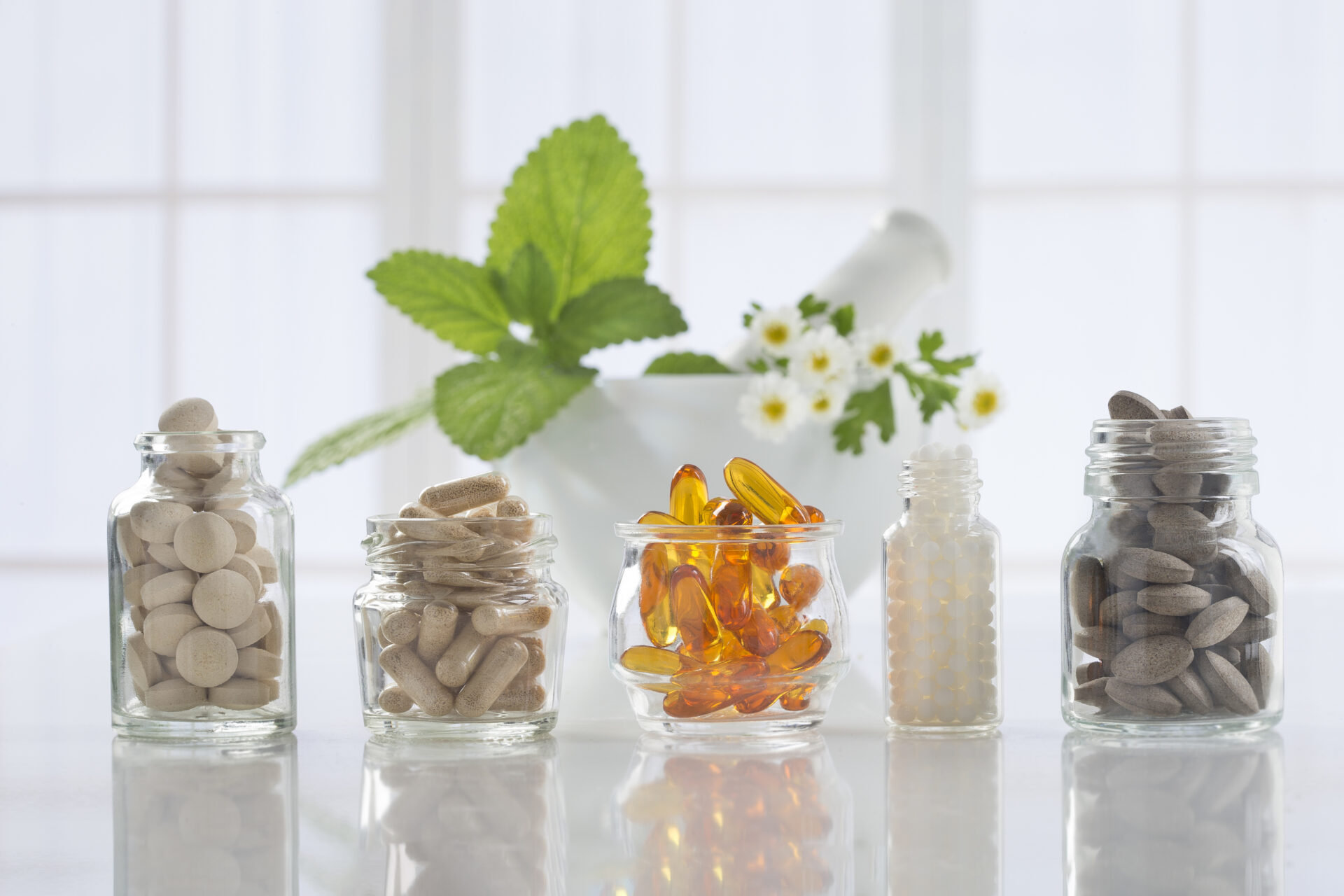Plants have been consumed for medicinal purposes since the dawn of time and remain among the main sources of active ingredients, providing multiple therapeutic effects for various problems and diseases. Plants are processed and transformed into extracts to achieve maximum efficacy and reduce risk, making them easier to take and increasing the percentage of active ingredients in a single dose.
Specifically, plant-derived extracts used for pharmaceutical purposes adhere to the European Pharmacopoeia classification of Herbal Drug Preparations, which is regulated by the relevant nation’s institution and the European Medicines Agency (EMA). These types of products are also called phytotherapeutic drugs, and phytotherapy is the scientific branch that uses medicines of plant origin.
Only after passing a series of controls and demonstrating more than 30 years of proven use in the medical field can the extract derived from a plant be considered a “plant-derived medical product” (Herbal Medical Products). Consistency in the quality and structure of the composition of plant extracts are key factors in ensuring their safety and efficacy.
For this reason, it is extremely important to follow a careful selection process and use certified suppliers who can prove the quality of their extracts with cautious documentation and by following all necessary protocols.
Types of plant extracts
Plant extracts can come in liquid, solid, or viscous form. Their production requires a series of processes that start from harvesting the plant to obtaining a concentrated substance that is useful for the composition of supplements or drugs. There are multiple extraction techniques that differ in the type of agent required:
- Water-based extraction: is used to extract water-soluble substances, under controlled temperature and pressure conditions. This type of extraction uses supercritical water or enzymatic digestion processes.
- Hydroglycerin and glycerin extraction: This extraction method uses glycerin or water-glycerin as the solvent. It is useful for the extraction of all water-soluble and delicate substances.
- Alcoholic and hydroalcoholic extraction: The solvent used is alcohol or a mixture of alcohol and water. This technique is chosen for the extraction of both polar and apolar substances depending on the type of solvent.
- Oil-based extraction: It uses oils as the extraction vehicle and is the method used for all fat-soluble substances.
Extraction processes can sometimes prove time-consuming and laborious, which is precisely why technologies have been introduced to reduce time through ultrasound, microwaves, or supercritical extraction conditions (e.g., through supercritical CO2).

Benefits and properties of plant extracts in nutraceuticals
The Nutraceutical discipline studies the beneficial effects of substances contained in foods. Products such as dietary supplements or functional foods belong to this category. In this field, plant extracts are often used under the term botanicals not to supplement the diet, but because of their pharmacological actions. In addition, in some exceptional cases, the intake of plant extracts may be suggested by the physician as a useful alternative for all individuals who have adverse reactions to drugs. Finally, there are also plant extracts that are marketed as medical devices.
The extracts included in the pharmaceutical field are many, and their effects change from plant to plant, here are some examples:
- Centella asiatica or Hydrocotyle asiatica. It is an herb with a long tradition of use in Chinese medicine, which is attributed to anti-inflammatory and hypotensive properties. It is particularly useful in cases of infection.
- Serenoa repens is a species of palm native to the eastern United States. The use of this plant also has ancient origins; in fact, it was known to the indigenous peoples of present-day Florida. It is credited with benefits against urinary tract disorders and is often included in formulating medications for BPH (benign prostatic hyperplasia).
- Milk thistle or Silybum marianum. It boasts antihepatotoxic properties and its extract is part, in combination with other substances, of the composition of Silymarin, a plant substance useful for treating liver disorders.
It should be remembered that not all therapeutic effects of these plants are confirmed by authorities, and their intake must always be approved and certified by a physician.
Difference between plant extracts and essential oils
Given the vast number of plant-based products used in the fields of nutraceuticals and cosmetics, it is easy to get confused between different terminologies. One particularly difficult distinction is between extracts and essential oils. In this regard, there are differences that help divide the two categories.
The two substances differ in the method of extraction. While extracts result from a maceration process, in which the plant is immersed in a substance that acts as a solvent, essential oils are produced by a distillation process. The latter process consumes much more raw material for the same amount of product.
Generally, essential oils are meant for topical use and are not always edible; some plants also allow the production of extracts, but essential oils cannot be obtained.
Flarer and the distribution of plant extracts
At Flarer, we are active in the research and transportation of raw ingredients for the pharmaceutical, nutraceutical, and cosmetic sectors, all of which are areas in which plant extracts play a key role.
We provide our customers with an all-round personalized service for scouting, transportation and supply of different types of plant extracts. Our more than 30 years of experience in the pharmaceutical industry, have enabled us to create a strong network of contacts with certified and reliable suppliers from all over the world.
In conclusion, it is estimated that there are more than 380,000 species of plants on our planet, and only a small percentage of these have been studied enough to determine their therapeutic effects with certainty. For this reason, the field of research on phytotherapy and the benefits of plants still has great scope for further study.
As a company engaged in the field, we watch the discipline with interest and stay abreast of scientific and legislative advances that increasingly eexpand knowledge of the healing power of plants.
